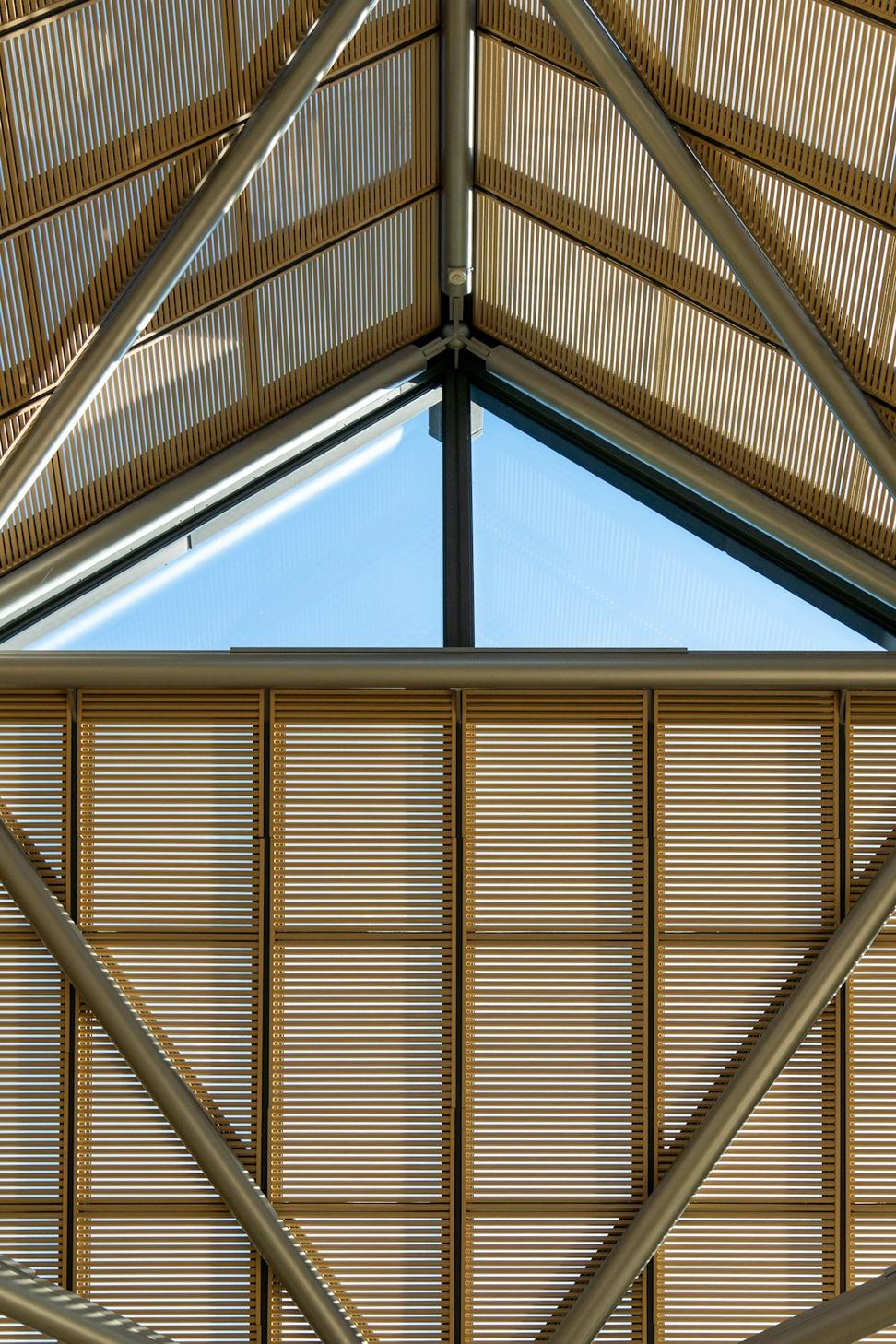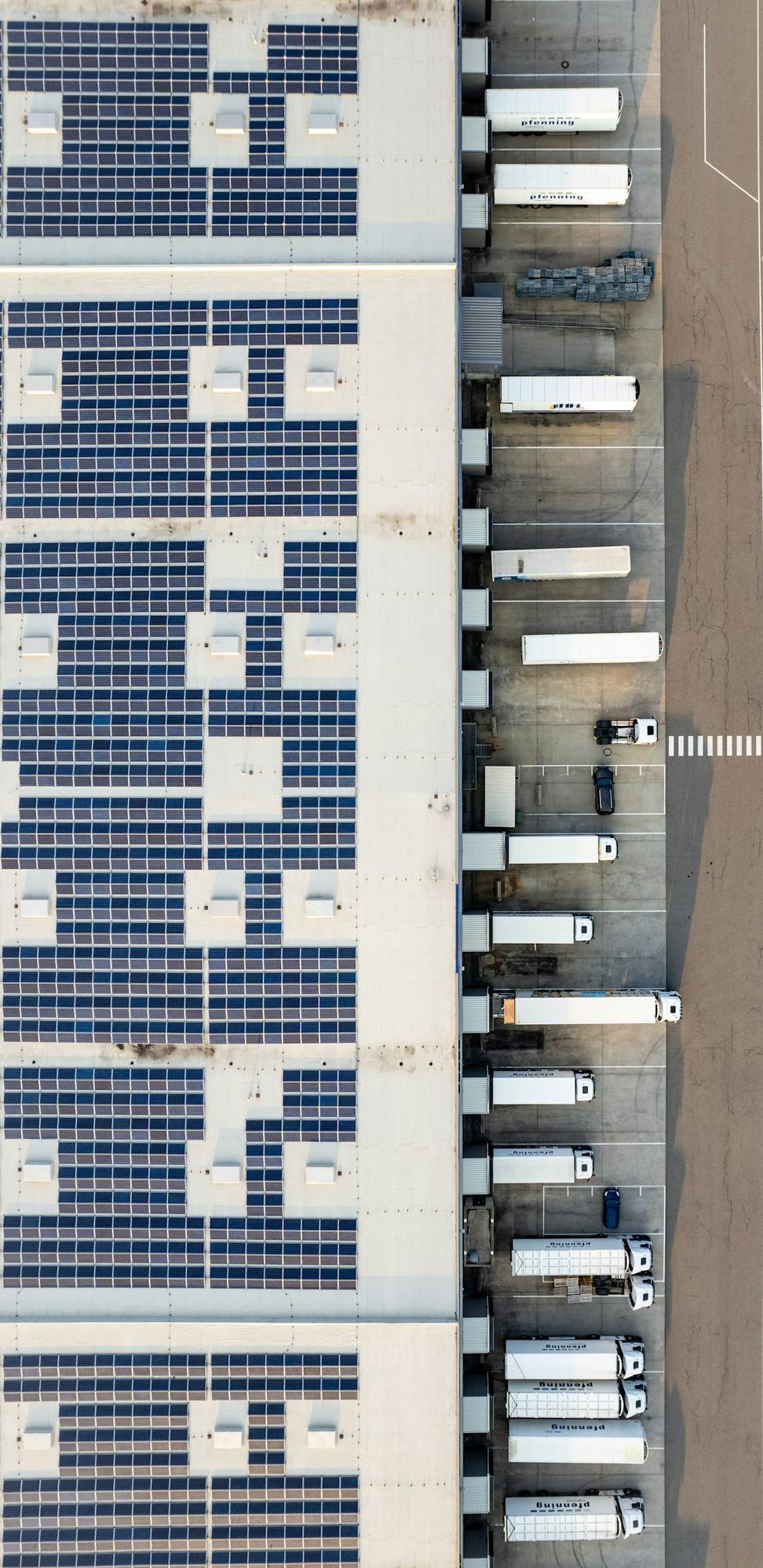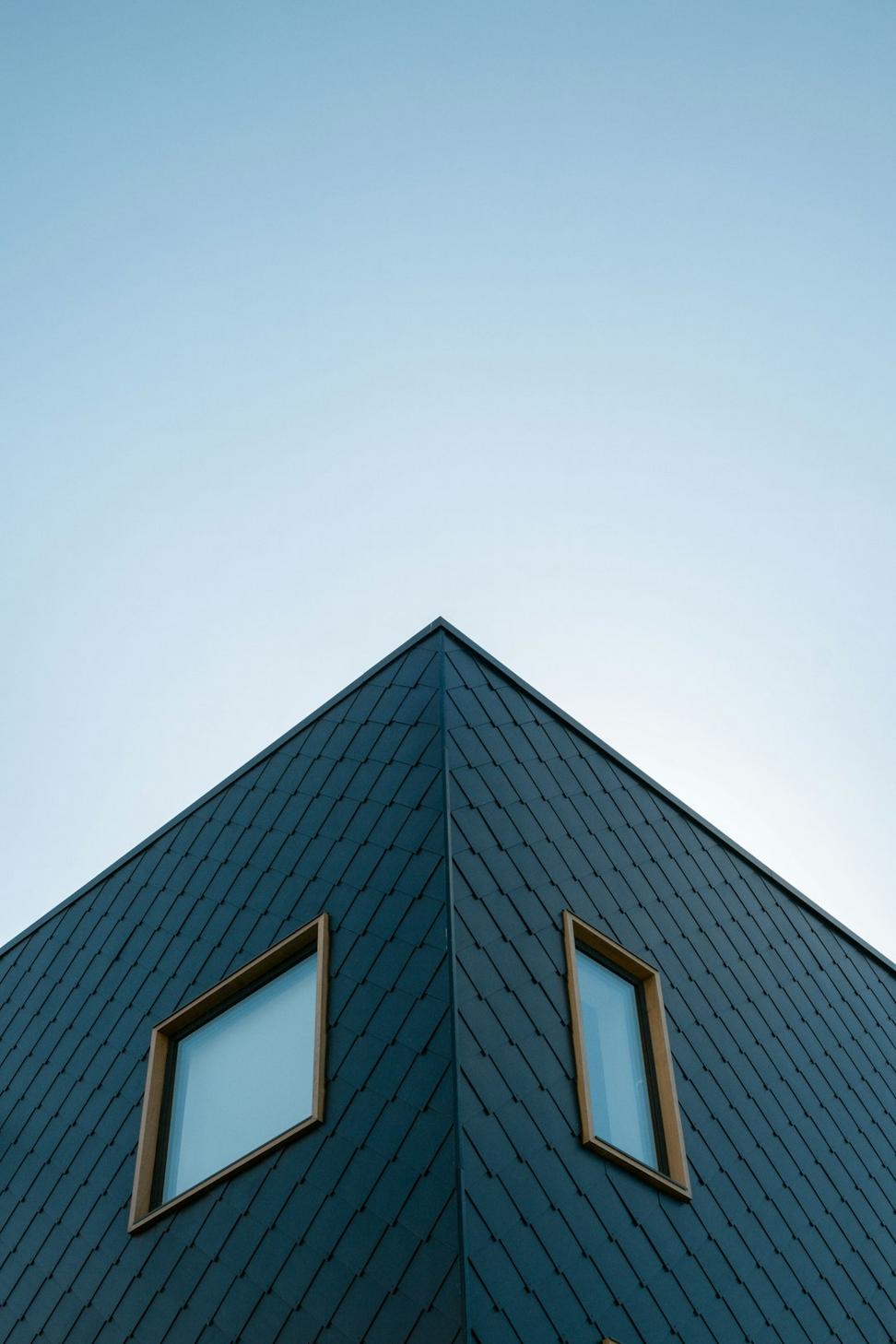
Why We Actually Care About This Stuff
Look, we've been doing this for years now, and here's what we've learned - buildings use up about 40% of the world's energy. That's... a lot. And when you're spending your days designing spaces where people live and work, you start feeling responsible for that number.
We got into sustainable design not because it was trendy, but because we kept seeing how much waste traditional construction generates. Like, literal tons of it. Started asking ourselves if there wasn't a smarter way to do things.
So yeah, every project we take on now? We're thinking about energy consumption, material lifecycles, and how the building's gonna perform 20 years from now. It's just how we work at this point.


